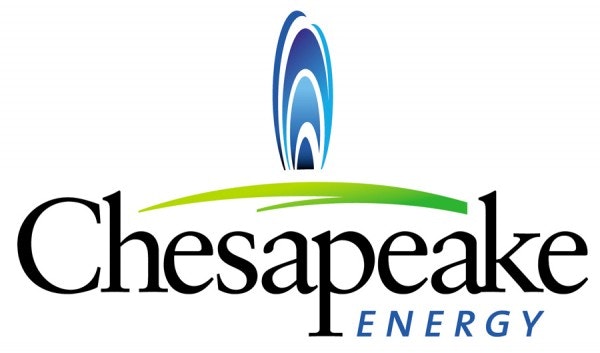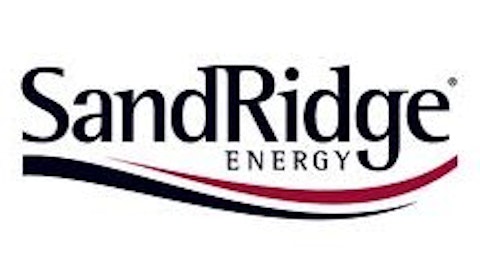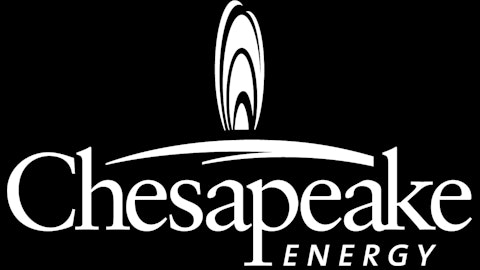If you haven’t noticed yet, natural gas prices have started to head higher. A combination of factors, including a surprisingly cold March, have led to resilient demand. As prices have inched up, two top Wall Street banks have seen enough momentum to raise their 2013 price target for natural gas. Morgan Stanley (NYSE:MS)‘s price forecast was bumped up by 7% to $3.93 per million British thermal units, or MMBtu, while Goldman Sachs Group, Inc. (NYSE:GS) raised its forecast from $3.75 per MMBtu all the way to $4.40 per MMBtu.

That’s good news for those companies in regions where natural gas production is actually growing. Overall since the end of 2011, North American dry shale gas production has risen by 9.95% to 27.2 billion cubic feet of production per day as of the beginning of this past February. This rise has been driven primarily by production growth at three big plays. Let’s take a look.
Eagle Ford
While not known for natural gas, the Eagle Ford Shale has actually seen a 43.12% pop in natural gas production according to data from the Energy Information Administration, or EIA, over the past year. Most of this gas is associated with oil and liquids, as fewer companies are drilling in the dry gas window at the moment.
For example, Chesapeake Energy Corporation (NYSE:CHK)‘s core acreage is in the sweet spot of the oil window. Despite that, 19% of the company’s fourth-quarter production was natural gas. As Chesapeake Energy Corporation (NYSE:CHK) increases its overall production, natural gas production increases as a byproduct of its liquids-focused drilling. Further, as the nation’s No. 2 gas producer, Chesapeake Energy Corporation (NYSE:CHK) is one of the biggest beneficiaries of higher gas prices.
Marcellus
According to the EIA, natural gas production out of the Marcellus jumped 55.28% over the past year. Top producer, Range Resources Corp. (NYSE:RRC), produced a total of 146 Bcf of natural gas last year. That production easily exceeded that of number two producer EQT Corporation (NYSE:EQT)‘s 103 Bcf of natural gas production last year.
These two companies hold one thing in common: Both are among the lowest-cost producers of natural gas in the country, which gives them a competitive advantage to make money when most of their competitors cannot. Investors in these low-cost producers have been served well as both have returned around 40% over the past year.
Bakken
While the Bakken is known for its oil, natural gas production skyrocketed by 94.38% according to data from the EIA. Part of the reason more gas is being produced is because less of it is being flared — instead, it’s being put into pipelines. Most of this infrastructure simply didn’t exist until recently and now that companies have a way to get gas to market, they’re able to sell instead of flare.

